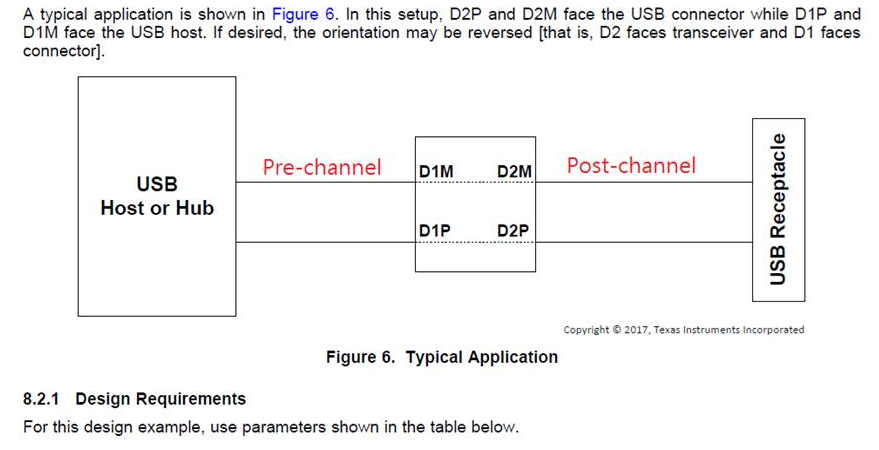Tool/software:
Hi team.
I have many questions about this device. Can we have a call to discuss?
- What's the meaning of Host/Device agnostic in page 1?
- In page 1, TUSB216 can supports up to 10-m cable length with two TUSB216 devices. What's the topology look like?
- Can you illustrate the daisy chain?

- What's end eye compliance?

- Should the power supply of I2C be earlier than VCC of TUSB216?

- Boost can only improve eye width and RX sensitivity can only improve both eye width and eye height. Correct? Why?

- Could you please explain more about this test?

- Could you please explain more about this?

- Could you please explain more about this?

- Could you please explain more about this?

- Could you please share the diagram of below placement?


Nison






